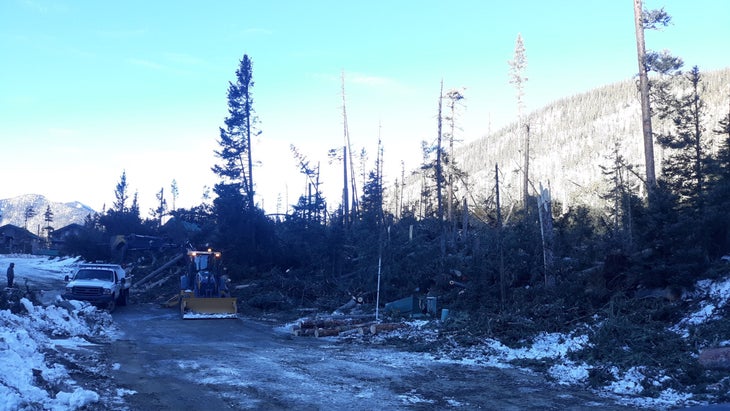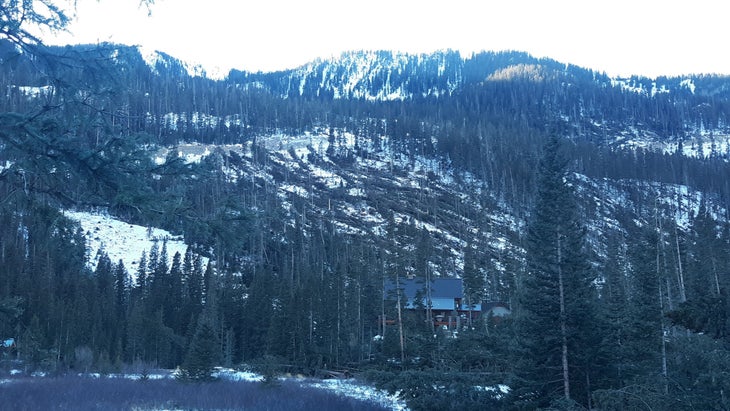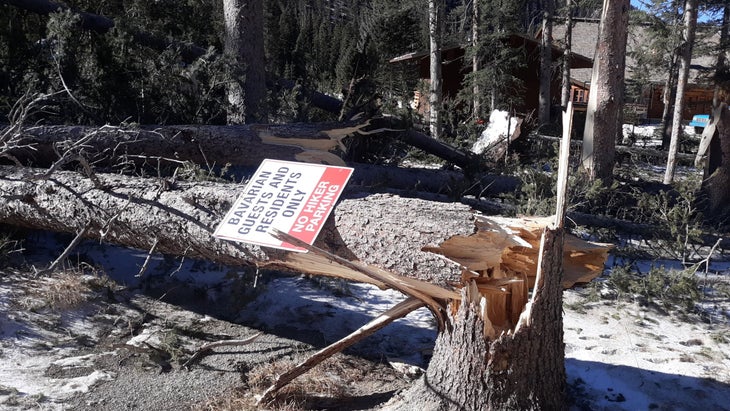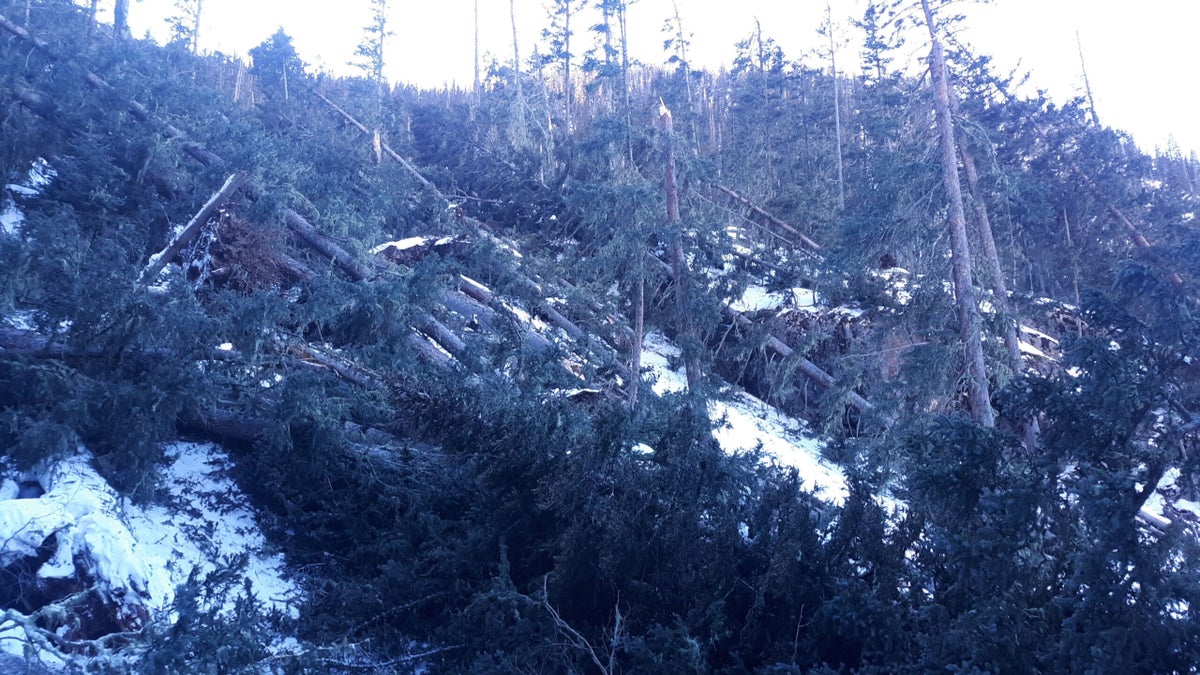No products in the cart.
Outdoor Adventure
What You Missed: See What 100-Mile-Per-Hour Winds Did to Trees in Taos
For exclusive access to all of our fitness, gear, adventure, and travel stories, plus discounts on trips, events, and gear,
sign up for Outside+ today.
Welcome to What You Missed, our daily digest of breaking news and topical perspectives from across the outdoor world. You can also get this news delivered to your email inbox six days a week by signing up for the What You Missed newsletter.
A windstorm battered communities in Wyoming, Colorado, and New Mexico on Wednesday, with gusts surpassing a reported 100 miles per hour in various locations.
More than 50,000 residents in the metro Denver area lost electricity due to downed power lines, and winds knocked over multiple semi trucks along Interstate 25.
Perhaps the most catastrophic damage occurred near Taos, New Mexico, where 103-mph winds tore down buildings, overturned cars, and prompted county officials to declare a state of emergency. More damage occurred near Taos Ski Valley, where gusts toppled thousands of trees.
According to one eyewitness, the winds completely reshaped the forest in the valley below 13,167-foot Wheeler Peak. Bowe Ellis, 45, a Taos-based engineer, went hiking in the area on Thursday, and described the scene to Outside.
“The entire forest past the ski resort looked like it had been laid flat,” he said. “The trees looked like matchsticks, and many of the trees had blown down on the main road.”
Ellis said the trees near the resort’s Kachina lift were also decimated. Ellis took photos of the damage, which you can see below.



Taos Ski Valley stopped lifts and cleared skiers from the slopes during Wednesday’s windstorm but reopened for regular service on Thursday and Friday.
“Operations are normal today,” read a statement from the resort on Friday. “Across the entire region many trees were damaged or fell, including at the resort. Taos Ski Valley’s operations team is working with the Carson National Forest to clear the trees and examine all structures for any wind-related damage.”
Climate Change Helps Poison Oak in California
Poison oak was bad enough already—now the itch-inducing plant could be set to spread across California.
Reporters at SFGate spoke to botanist Jonathan Lee, a revegetation specialist with the state’s department of transportation, who believes the warming climate will increase the plant’s habitat. Poison oak thrives in warmer and drier locations, and it’s common in low-lying areas. With California recording hotter and drier summers, the plant is likely to spread to places that are currently too wet or too cold for it.
“In 20 years, it’s very likely vegetation that thrives in hot and dry conditions, like poison oak, will see its growing range expand at the expense of plants that have an affinity for wetter, more sheltered site conditions,” Lee said.
To quote the iconic R&B group The Coasters: “You’re gonna need an ocean of calamine lotion.”
Slip-Riding Away
The crew at First Tracks Productions shot these fat bikers riding the ice at Star Lake near Lake Tahoe. No word on who has the Strava KOM for this segment.
Member Exclusive
“The Best Presents Often Come in Small Packages” These nine outdoor gifts will make your loved one’s day. Outside
Around the Outside Network
“How Cold Is Too Cold to Run?” At what temperature should you skip the trail for the treadmill? Trail Runner
“Alex Honnold Makes the Second Ascent of Synthetic Happiness” The sustained route in Nevada’s Red Rock Canyon is one of the toughest in North America. Climbing
“Anyone Can Hit the Terrain Park If They Learn These Basic Skills” Master rails and kickers after practicing these simple drills. Ski
“How to Go Ultralight Without Really Trying” You can slash your pack’s weight with just a little effort. Backpacker

